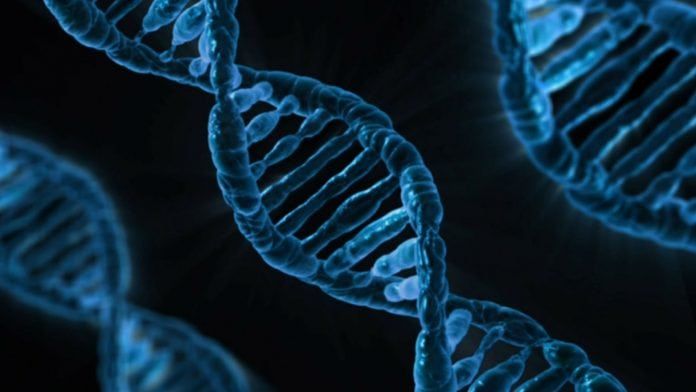
Decades of research with animal and cellular models have expanded the knowledge regarding molecular mechanisms producing beta-cells to dysfunction, the main cause of diabetes.
With the main cause of diabetes being pancreatic beta-cell dysfunction, new research provides a more precise method of providing further information regarding the causes of diabetes.
Studying beta cells
Beta cells, found in the pancreatic islets, store and release insulin. Diego Balboa, University of Helsinki, Finland, has conducted doctoral research utilising this information, now offering a more precise model that employs human pluripotent stem cells.
“Human pluripotent stem cells constitute a renewable source of beta-cells.” Balboa explains.
“Stem cell-derived beta-cells can be generated by directed differentiation and used as a model to study pancreatic beta-cell development and disease in vitro.”
The traditionally used animal and cellular models, compared to the original method, have limitations that may significantly affect the way the findings can be translated into new approaches to combat the cause of diabetes in humans.
As of yet, the best model has been the cadaveric donor human islets that are scarce and challenging to manipulate for particular experiments.
A tool to investigate diabetes
Balboa’s research demonstrated the use of human pluripotent stem cells as a tool to investigate monogenic diabetes disease mechanisms. The cells can also be transplanted into immunocompromised mice, generating humanized models where in vivo beta-cell function can be closely evaluated in a systemic context.
“For this purpose, improved human pluripotent stem cell differentiation protocols to the beta-cell lineage were generated utilizing 3D suspension culture approaches” Balboa says.
“Using these approaches, an activating mutation in STAT3 gene was found to cause neonatal diabetes by inducing pancreas endocrinogenesis prematurely.
“In a similar way, INS gene mutations causing proinsulin misfolding were found to impair developing beta-cell proliferation due to increased endoplasmic reticulum stress.”
Balboa’s research has opened up a fantastic opportunity in bringing forth more information on the cause of diabetes. In good time, such research has the potential to shed furthermore light upon the disease.









